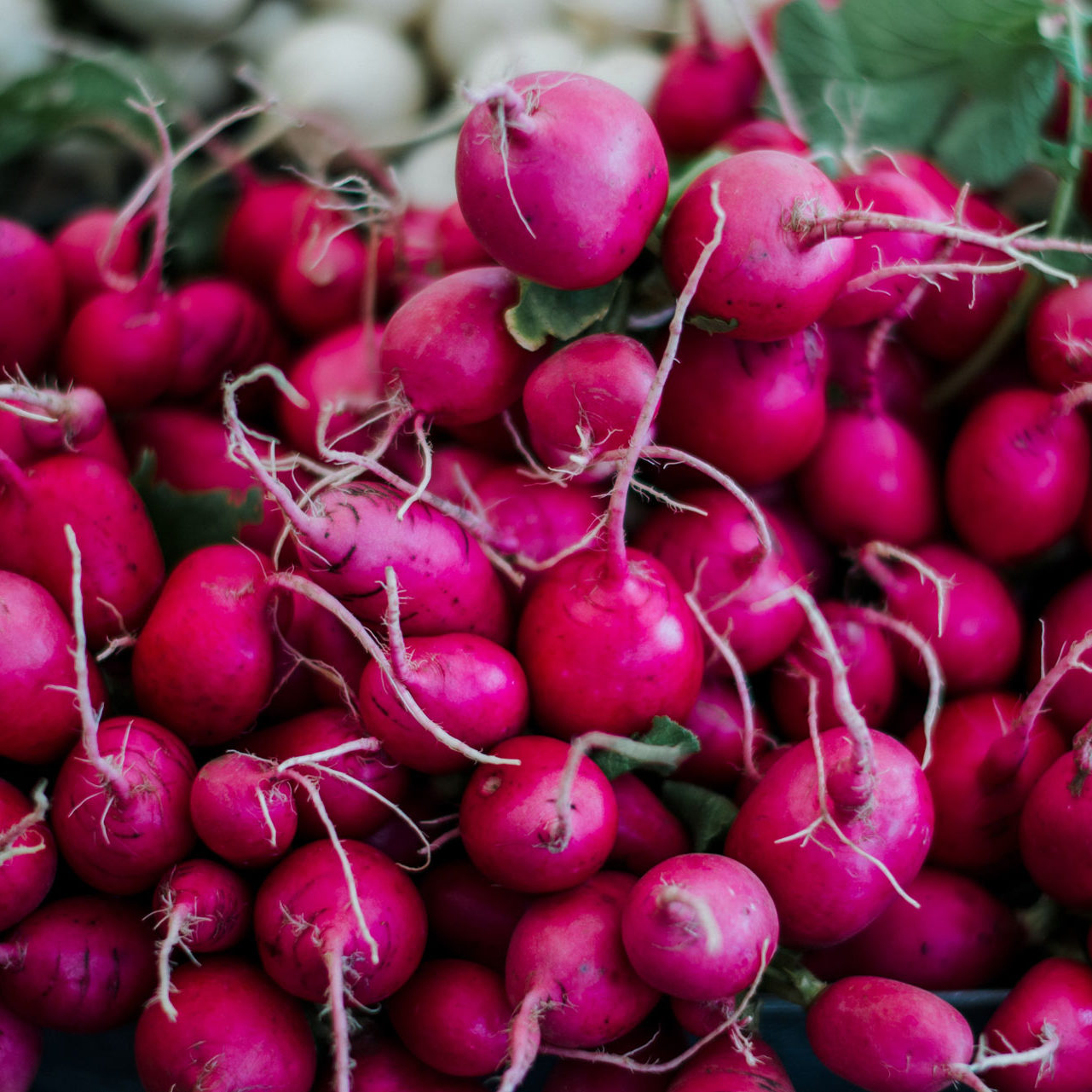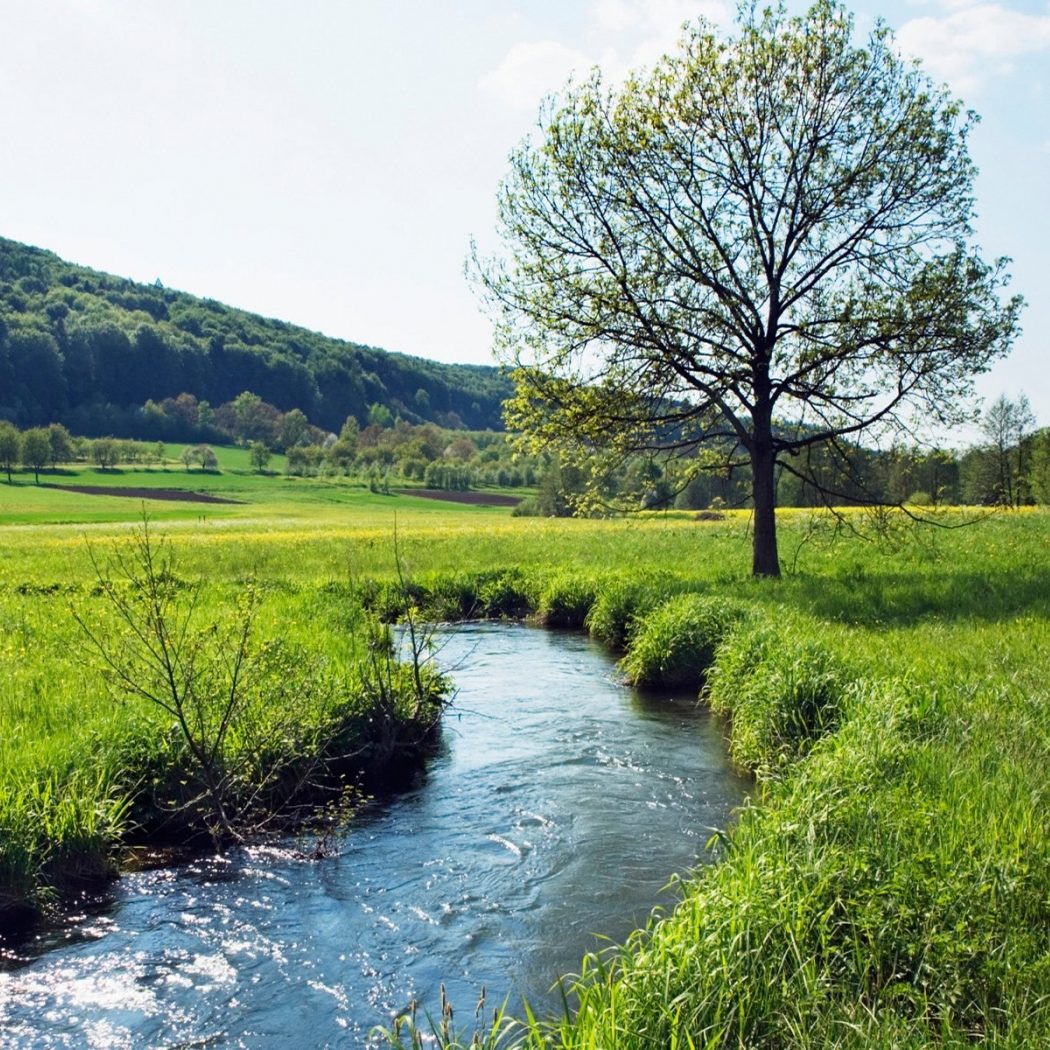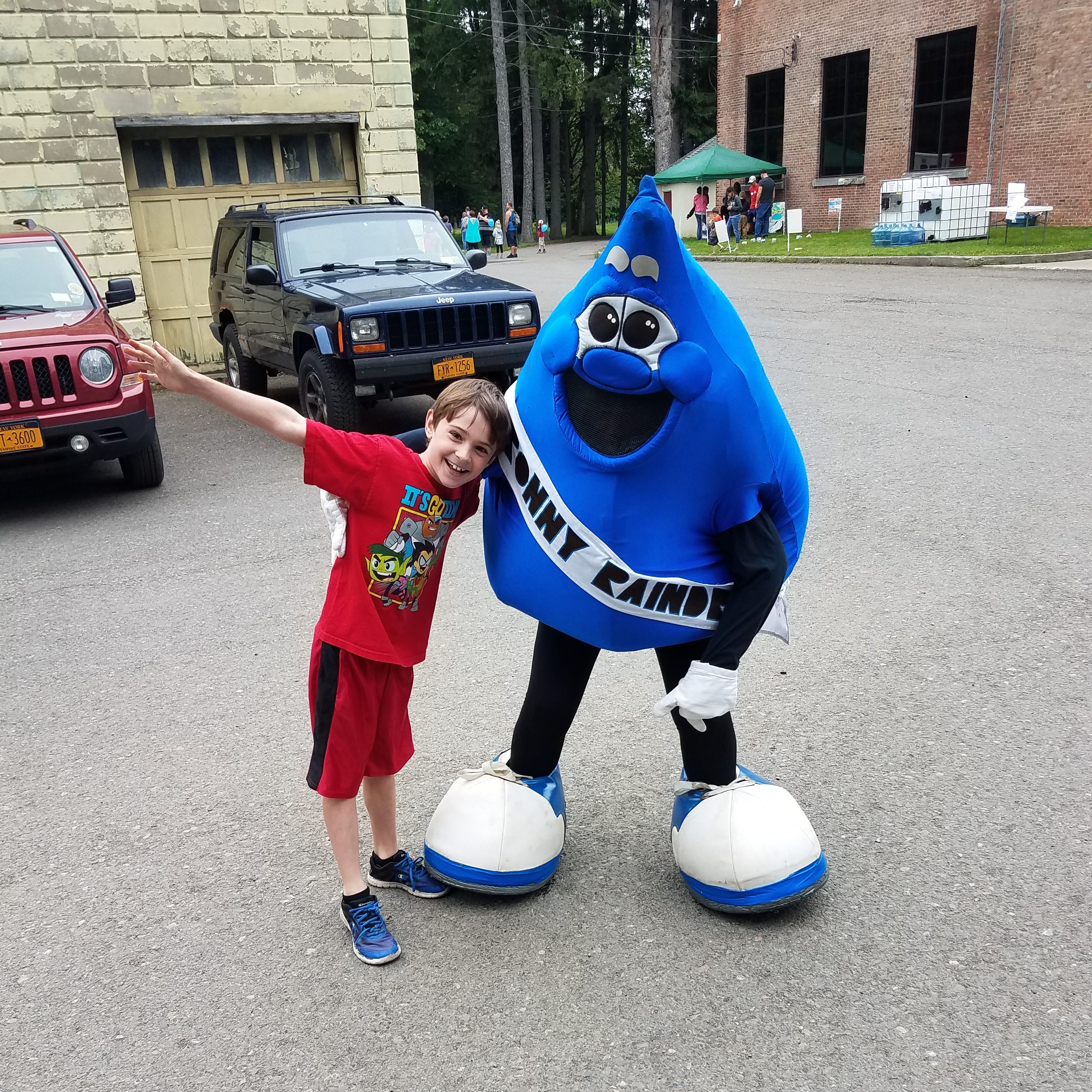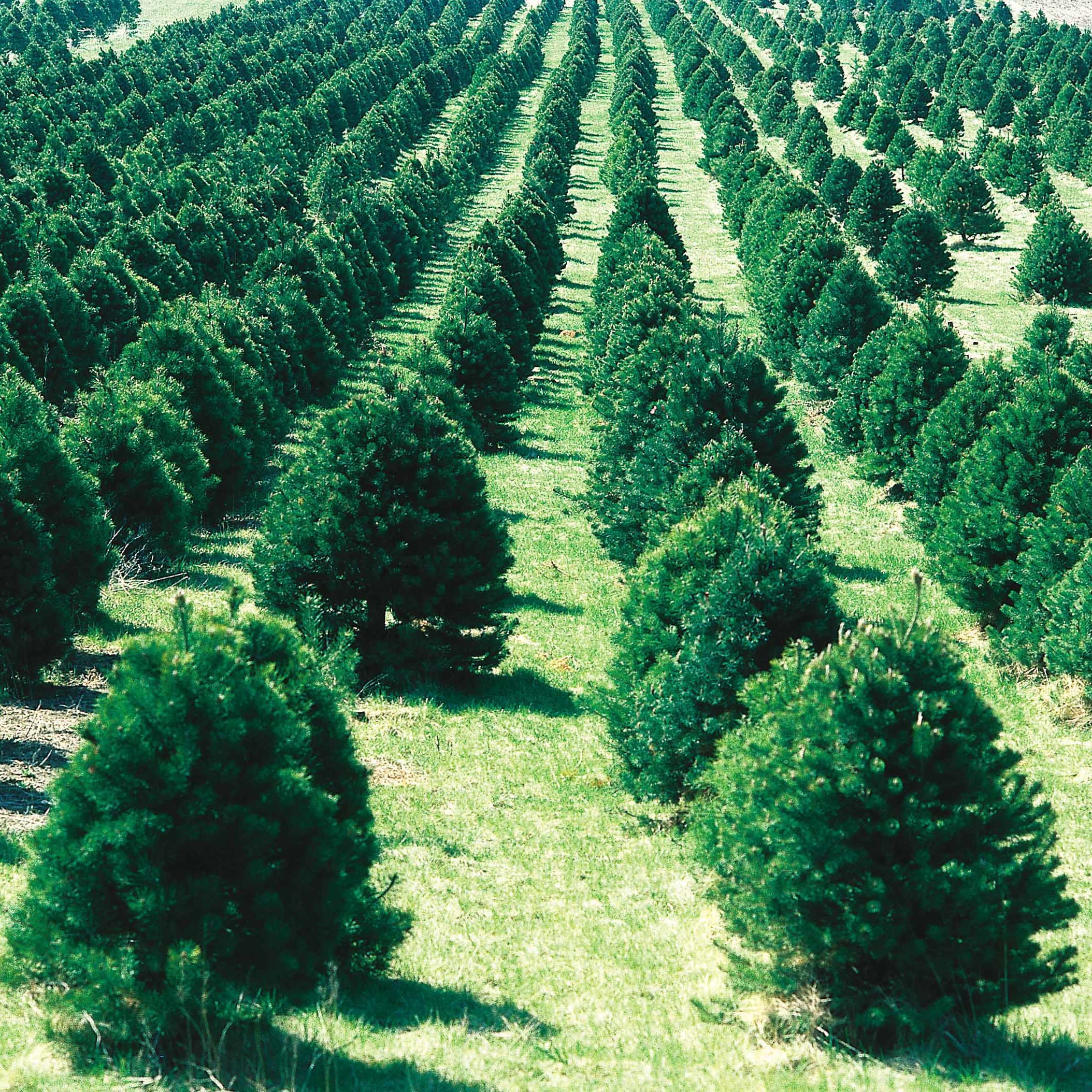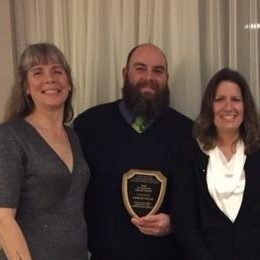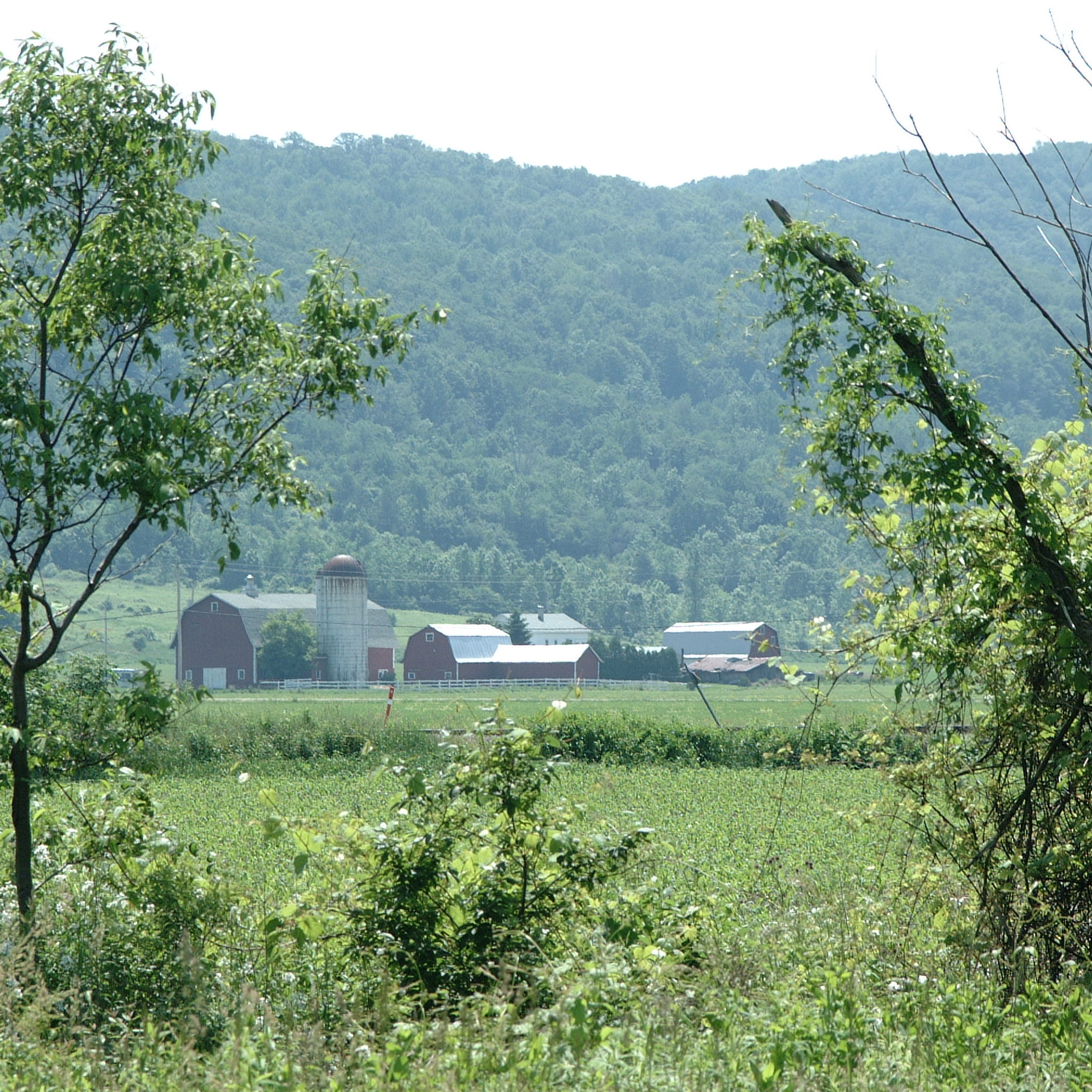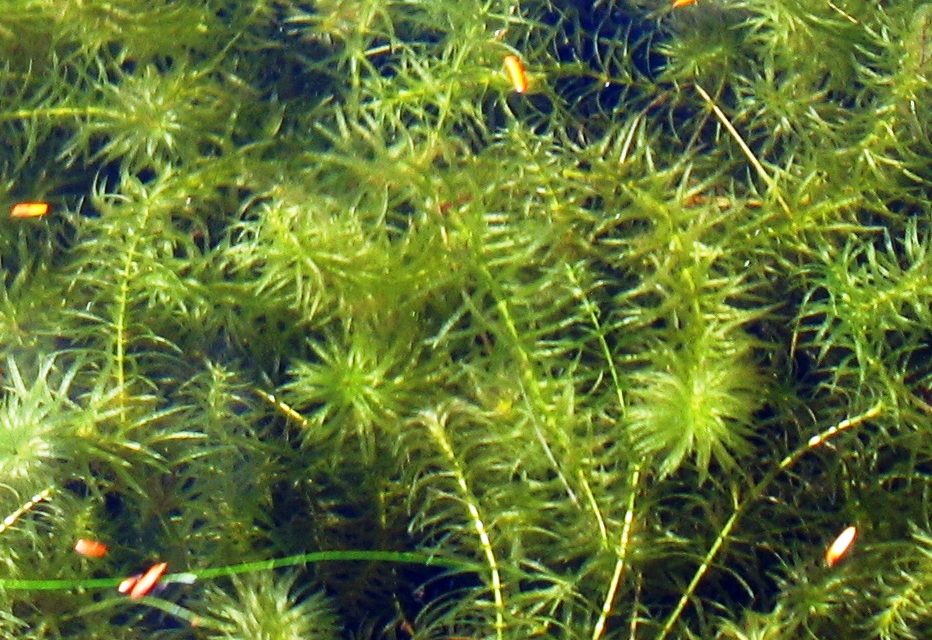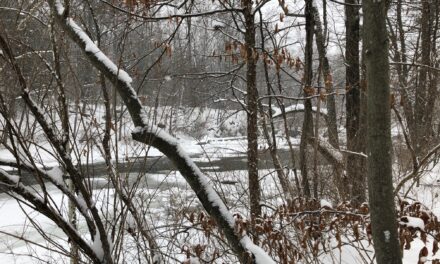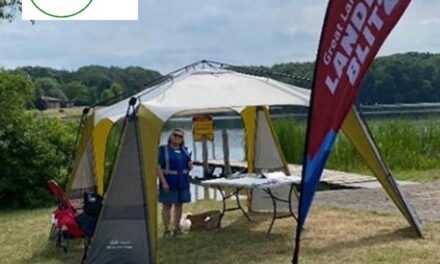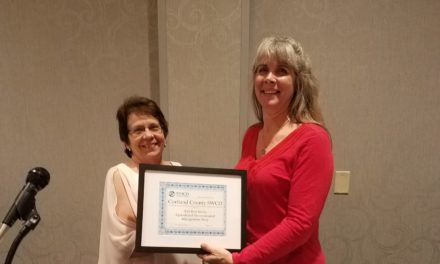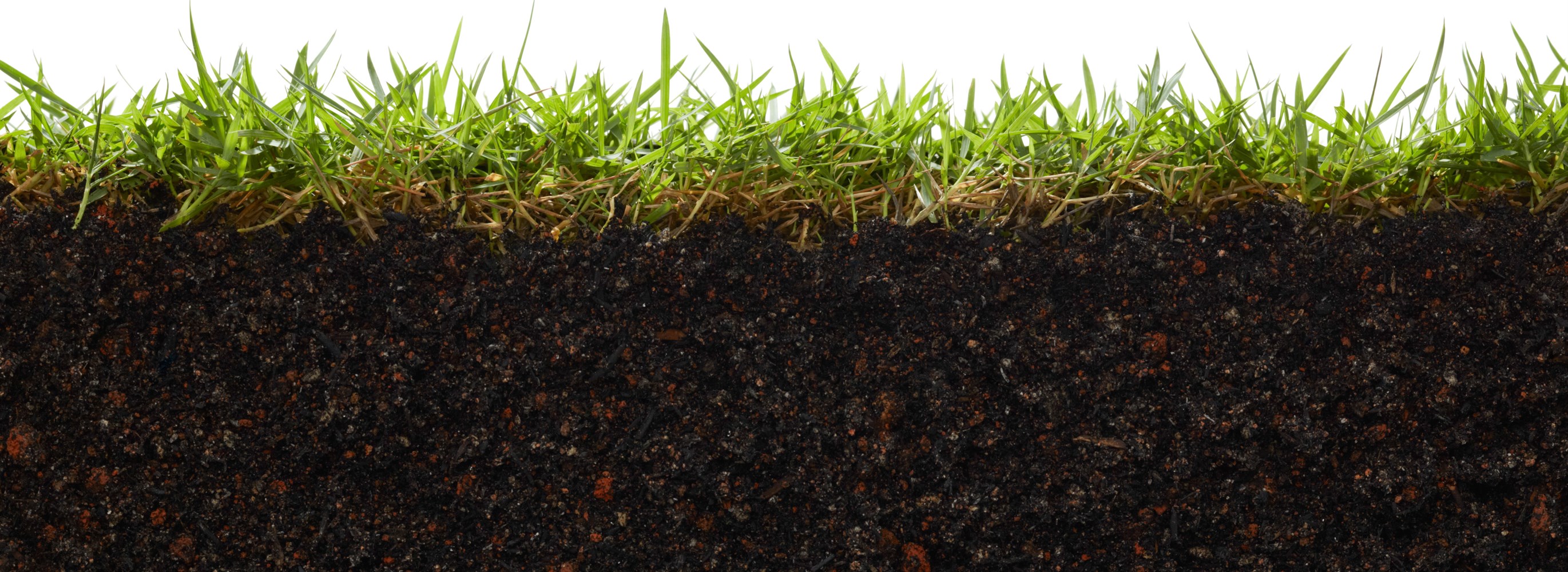Up to thirty feet below the water, it lurks, where most plants can’t grow. It’s long, slimy vines waiting silently in the water, growing up to a foot every day. Creeping along the bottom of lakes, it covers spawning beds of fish. It spreads so fast that in a matter of weeks, it can impede native plants from receiving the sunlight they need for survival. It is among the world’s most invasive plants, costing us hundreds of thousands of dollars each year in prevention and eradication efforts. Its name… Hydrilla.
This invasive plant has been devastating local ecosystems and threatening ours here in New York. It can grow in almost any condition in Central New York from just a mere seed, tuber or plant fragment. Because of this, it can spread to new locations by boats, trailers, or fishing gear. Once it is in a new area, the vines thicken into heavy mats, blocking out any sunlight to nearby vegetation. It starts at the bottom of the waterbody, snuffing out fish spawning areas, plants that could be growing and anything else in the way. While it stomps out life from the bottom up, Hydrilla negatively affects the ecosystem’s oxygen flow. This species reduces oxygen in the water, and when it does it alters the native species’ habitat. Fish, clams and even turtles are just a few species affected by the introduction of Hydrilla. This, in turn, has a domino effect in the ecosystem. With less fish habitats, there are less feeding areas for waterfowl and other species that prey on native fish.
Unfortunately, the effects don’t end there. Like all invasive species, hydrilla also attacks our local economy. Once this plant infects an area, it is an issue for boats, swimmers and the local fishing and tourism industry. Lake side homes can lose value, and water supplies and water intakes for industrial facilities such as treatment plants and power generation plants can be impacted.
Hydrilla was first found in New York State in 2008. It was discovered Orange County, in a small pond. Since then, Hydrilla has been spotted in nearly a dozen counties in New York. When working with any water body, especially those in Broome, Cayuga, Erie, Kings, Monroe, Nassau, Niagara, Suffolk, Tioga, Tompkins, or Westchester counties, be sure that your boat or fishing gear is cleaned, drained and dried to reduce the risk of spread.
Because of the extreme character and threat of this species, identified populations have been targeted and treated for eradication. Hundreds of thousands of dollars and countless hours have been spent to do more than just control the populations. This species is one where an “ounce of prevention is worth more than a pound of cure.”
Though Hydrilla has a rather unique behavior, its looks aren’t. It looks very similar to our native elodea and Brazilian elodea with whorls of lance-shaped leaves. Its leaves however have a spiny vein down the center and are serrated along the edges. It also has a bulb connected to its roots that other similar looking plants don’t have.
This is one of many aquatic invasive species hitch hiking its way into New York State. Hydrilla, like many of the other invasive species, is much easier to control the spread of than to get rid of it in the lakes after it gets established.
If you’re wondering what YOU can do to stop the spread, just clean, drain and dry your boats and fishing gear! Inspect your boat when you launch and dock. Be sure to remove all debris, mud or plant matter when you inspect, or before and after each use. Throw away all of the refuse in a trash can or on dry land, well above the water line.![]()

